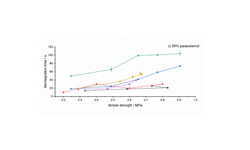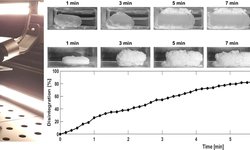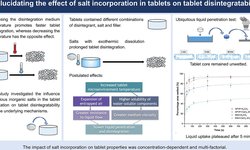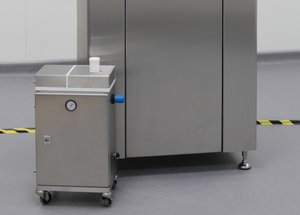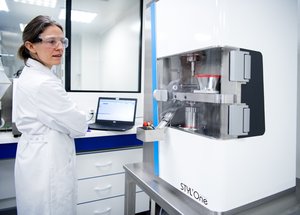Scientific papers
Objective
Typically employed at low concentrations in tablets, superdisintegrants may exhibit an uneven spatial distribution within the tablet, leading to varied disintegration times. This study aimed to explore the impact of the spatial distribution of disintegrant particles on tablet disintegrability.
Methods
Employing a novel experimental design, tablets with varying degrees of disintegrant spatial distribution were crafted. The study investigated the influence of the relative spatial distribution of disintegrant particles on tablet tensile strength, liquid penetration rate, and disintegration time.
Results
The findings revealed that an increased clustering of disintegrant particles generally accelerated tablet disintegration by promoting more localized swelling and strain recovery of sodium starch glycolate and crospovidone, respectively. However, in tablets featuring insoluble fillers and sodium starch glycolate, extensive disintegrant clustering prolonged disintegration. This was attributed to the formation of gel plugs hindering liquid penetration, causing the tablet to break into floccules. Tablets containing insoluble fillers were also found to be more responsive to changes in disintegrant spatial distribution compared to those with soluble fillers.
Conclusion
In summary, the effects of disintegrant spatial distribution were contingent upon the type of disintegrant and filler utilized.
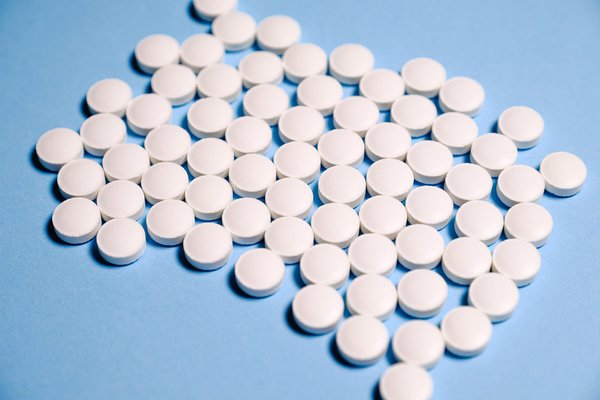
Comments
No comments posted yet.
Add a comment

